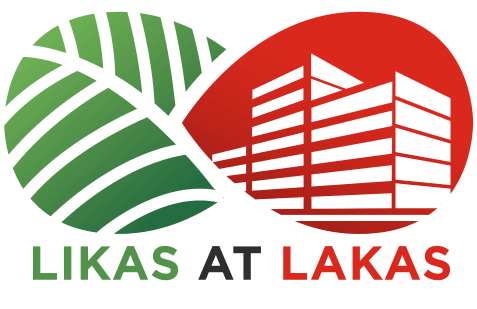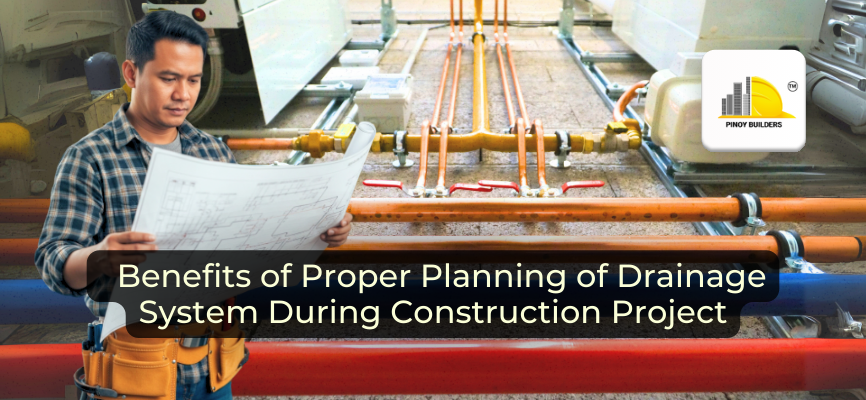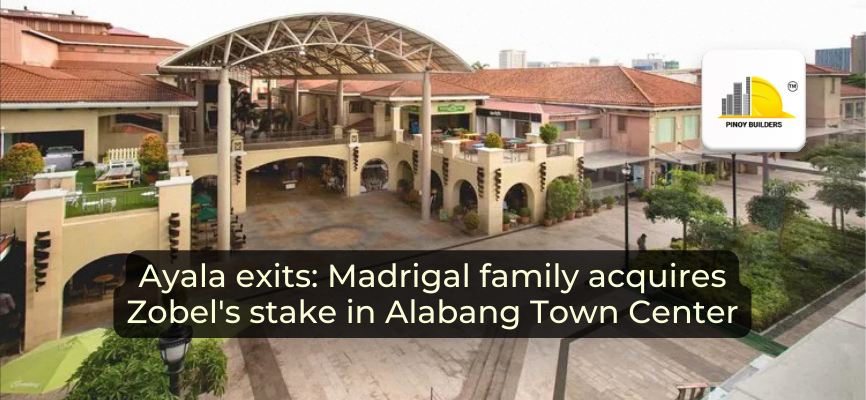Water is one of the most important things to manage in any home, and a well-planned drainage system makes all the difference. The way pipes are laid out, the slope of each line, and the overall flow design determine how efficiently water moves away from sinks, bathrooms, and outdoor areas.
Correct construction of these details ensures that every part of the house remains dry, clean, and easy to maintain. It also helps avoid costly changes later on, keeping the home comfortable for years.
In this article, we will talk about the benefits of early drainage planning, the key elements to focus on, and how it can give you a safer, more efficient home.
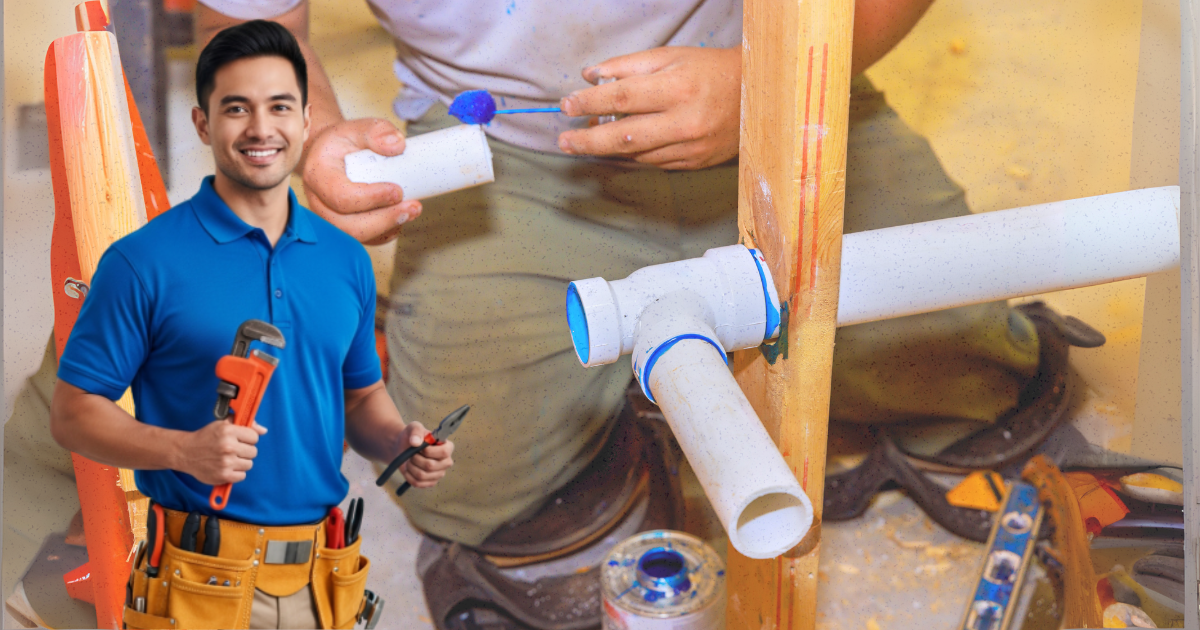
Why Drainage Planning Matters
A drainage system is the unseen network that carries wastewater away from sinks, showers, toilets, and other fixtures. It plays a key role in maintaining hygiene and comfort. Once the house is finished, fixing problems in this system can be challenging and costly because it often involves breaking floors or walls.
Poor planning can lead to recurring clogs, unpleasant odors, slow water drainage, and even leaks. These issues affect daily routines, increase maintenance costs, and can lower the property’s value over time.
Key Elements of a Well-Designed Drainage System
A well-designed drainage system is essential for proper function. Homeowners should take note of several factors to ensure the system operates efficiently. The following are key elements to keep in mind when planning your home’s drainage design.
Slope
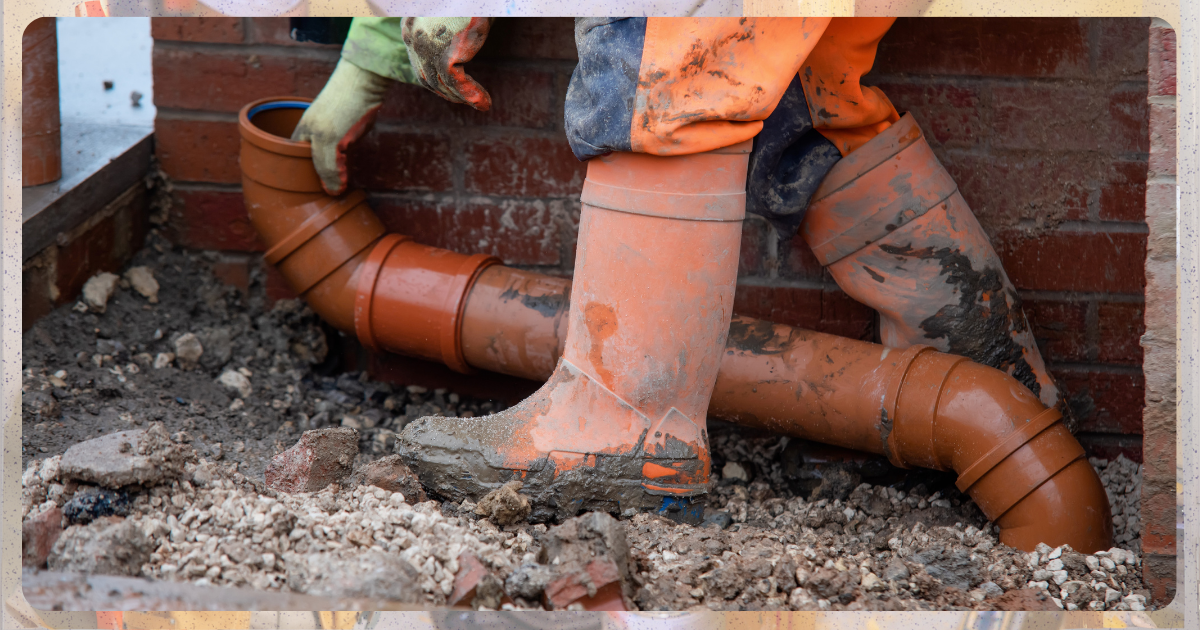
Pipes need the right slope so that water flows naturally toward the sewer or septic tank. A slope that is too flat can cause water to stagnate, while one that is too steep can cause water to rush through and leave waste behind, leading to blockages.
Proper slope design keeps the system running efficiently without extra effort from homeowners.
Pipe Sizing
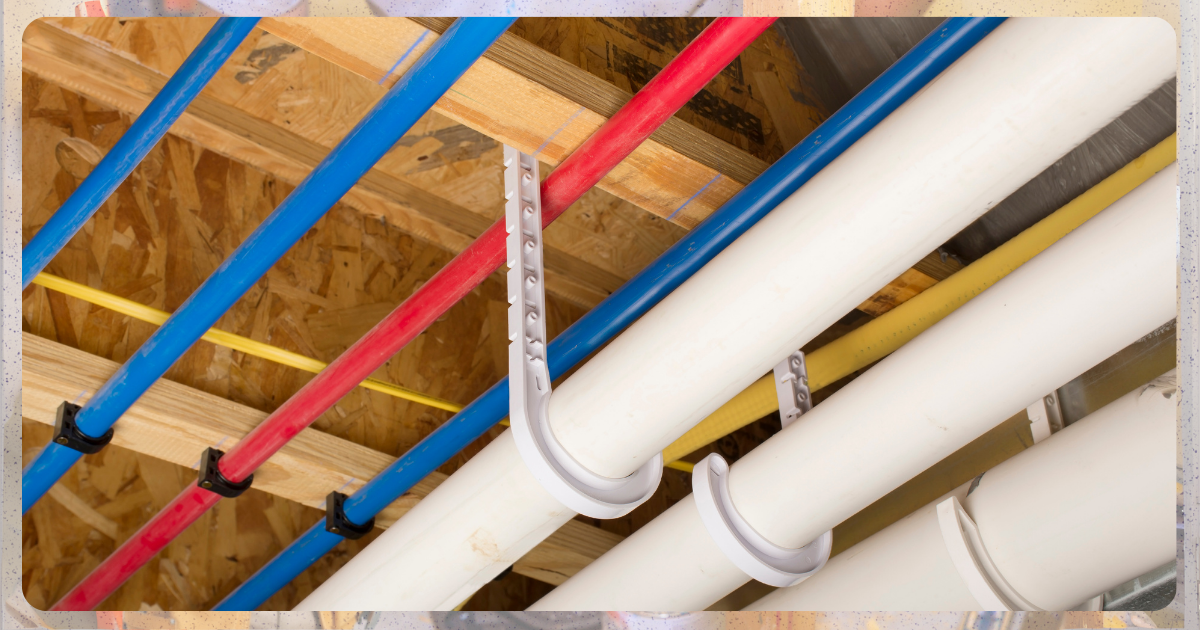
The diameter of pipes determines how easily water and waste move through the system. Pipes that are too narrow may clog more often, while those that are too wide can cause slow drainage and water pooling. Selecting the right size for each section of the home ensures steady, reliable performance.
Layout
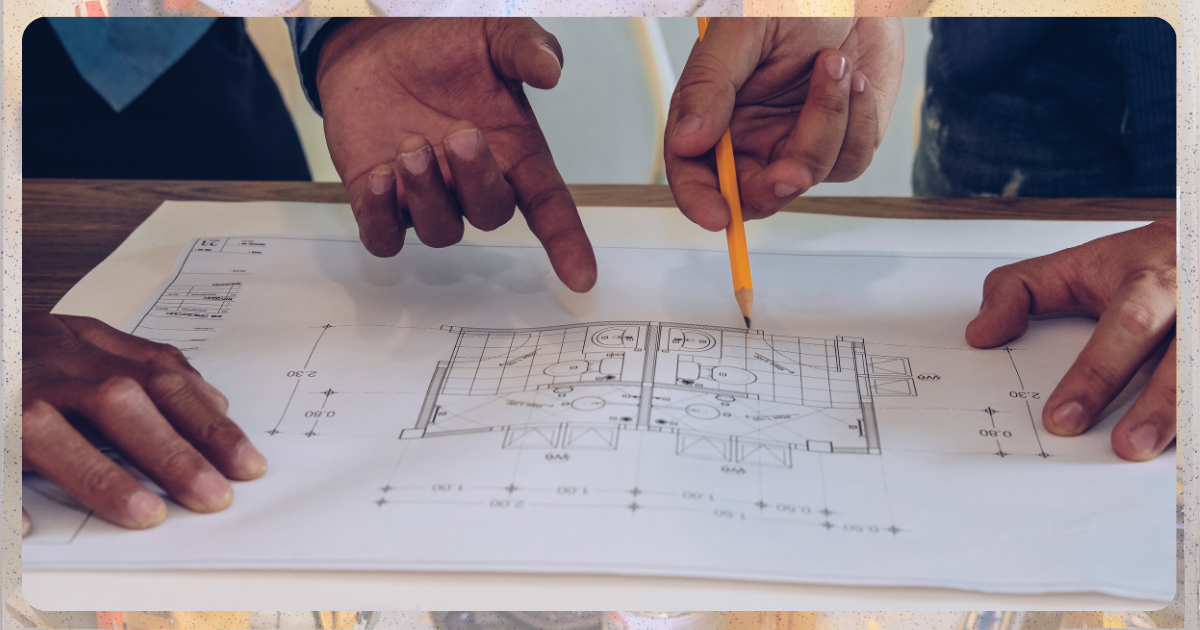
Before construction begins, mapping out where the pipes will run helps avoid future conflicts with other structures. The inclusion of cleanouts and accessible points for maintenance is also vital. This thoughtful layout makes repairs easier and faster when they are needed.
Benefits of Proper Drainage Planning During Construction
A well-thought-out drainage system is an investment that pays off for many years. It protects your home from everyday plumbing hassles while keeping it clean, safe, and valuable.
Here are some of the key benefits you can enjoy when drainage is planned right from the start.
- Prevention of Future Issues – A well-planned drainage system minimizes the risk of recurring clogs and reduces the need for frequent repairs. This means less disruption for homeowners and more time enjoying their living spaces.
- Cost Savings – Investing in proper drainage design during construction prevents costly reworks or replacements later on. Addressing drainage concerns at the start is far more economical than fixing them once the walls and floors are already finished.
- Better Hygiene and Safety – Efficient drainage prevents stagnant water from accumulating. This helps avoid mold growth and discourages pests that thrive in damp environments, ensuring a cleaner and safer home.
- Long-Term Property Value – Homes with well-maintained plumbing systems appeal more to potential buyers. A functional drainage system is a sign of quality construction and adds to the property’s long-term market value.
Practical Tips for Homeowners and Builders
Good planning works best when paired with the right actions during construction. Homeowners and builders can work together to make sure the drainage system is efficient and long-lasting. These practical tips can help guide the process from start to finish.
- Consult a licensed plumber or engineer during the design stage.
- Request a detailed drainage plan before construction begins.
- Choose materials that suit local weather and soil conditions.
- Schedule inspections before pouring concrete or sealing walls to ensure the system is properly installed.
Building It Right from the Start

Good drainage planning may seem like a small detail in the grand scheme of building a house, but its benefits last for decades. It supports a comfortable lifestyle, lowers maintenance costs, and preserves the property’s value.
A home built with a well-designed drainage system offers peace of mind for years to come. With every drop of water flowing smoothly away, it becomes a space that is not only comfortable but also truly built to last.
References
Baldovinos, D. (n.d.). The Importance of Proper Drainage System Installation. Service by Scott. https://www.servicebyscott.com/blog/2023/may/the-importance-of-proper-drainage-system-install/
DC Merrett. (n.d.). What Are The Advantages And Disadvantages Of Drainage System. DC Merrett. Retrieved August 15, 2025, from https://dcmerrett.co.uk/advantages-and-disadvantages-of-drainage-system/
Sohn, W., Brody, S. D., Kim, J.-H., & Li, M.-H. (2020). How effective are drainage systems in mitigating flood losses? Cities, 107, 102917. https://doi.org/10.1016/j.cities.2020.102917

